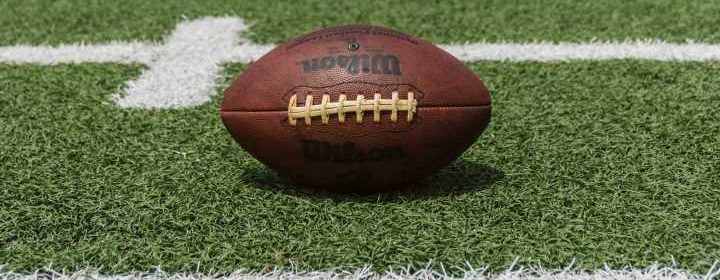Update on CTE study discovers brain disease in 92% of ex-NFL players analyzed


Researchers at Boston University found CTE in 92% of former NFL players who were analyzed, the institution said in an update of its study.
The Boston University CTE Center studied the brains of 376 deceased former NFL players and diagnosed 345 of them with chronic traumatic encephalopathy. This is 91.7% of those studied.
Ann McKee, director of the university’s CTE Center and chief of neuropathology at VA Boston Healthcare System, said the organization was intentional about providing an update of the study during the same week as Super Bowl 57.
“It’s a reminder of how we’ve become complacent,” she said in an interview with The Brink. “The NFL hasn’t done anything substantial to prevent CTE or diagnose CTE, the risk is still there. The risk is high. That’s why we released it this week.”
Among the players who were found with CTE was a former member of each team in this year’s Super Bowl. Former Philadelphia Eagles quarterback Rick Arrington and former Kansas City Chiefs defensive lineman Ed Lothamer, who won Super Bowl 4 with the team, were both diagnosed with the brain disease.
In 2017, Boston University said its study diagnosed CTE in 87% of 202 football players from high school, college, semipro and the NFL. Of the 111 professional players studied, all but one of them were diagnosed with CTE.
How do these CTE findings compare with non-football players?
The latest update of CTE in ex-NFL players was contrasted to a 2018 study by Boston University that analyzed the brains of 164 people from various walks of life. Only one person was diagnosed with CTE, a former college football player.
What is CTE?
CTE stands for chronic traumatic encephalopathy and is a progressive brain disease that, as of now, can only be diagnosed after a person has died. There are four stages of the disease with the symptoms of early stages including memory loss and depression while those with later stages can experience loss of motor skills.
Boxers and football players are the athletes who have been diagnosed with CTE the most, although hockey players and soccer players have been diagnosed with it as well.
What is the NFL doing about it?
Not much, McKee said. She noted that the NFL gave the university $1 million in 2010 to support research, but that she has “had no contact with the NFL in years.”
In 2015, the league lost a series of lawsuits from former players and their families who were diagnosed with brain diseases and was ordered by a judge to pay $1 billion in restitution.
The league continues to refine its concussion protocol, especially as incidents like Tua Tagovailoa’s multiple concussions this season cause national concern. But McKee emphasized that CTE develops over time through “little hits,” not just major impacts.
“(The NFL is) very involved in concussions. They are not monitoring the amount of head impacts, or intensity of head impacts, they are turning a blind eye to that,” she said. “There is a lot of, ‘If I don’t look at it, it’s not there.’ …
“I do think the public is becoming wiser to notice these major events. But there is still no embrace of the idea that it’s the little hits, where it looks like nothing happened, that lead the players to deteriorate later.”
How can CTE be prevented?
McKee said that the later a child starts playing tackle football, the better. She said that head contact in practice should be limited and advocated for flag football and other sports.
McKee added that once CTE can be diagnosed while people are living, it will help shock people into preventing it and finding treatment.
McKee said she has “worry and fear” for NFL players who continue to play while the nation is obsessed with their profession.
“I see that they are celebrities. They feel invincible. At the top of the game,” she said. “I understand that and the power that must hold over them. But they are unfortunately not living with the real risks of the disease. It makes me sad.”
(c)2023 USA Today
Distributed by Tribune Content Agency, LLC.
Source: Read Full Article